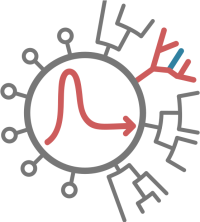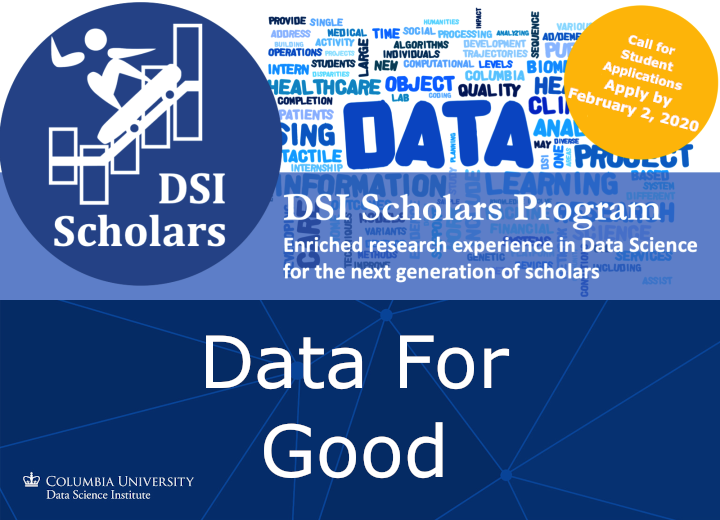Our lab is using clinical notes to phenotype COVID patient outcomes. The aim is to better understand the sequela of COVID-19 from clinical notes.

Our lab is using clinical notes to phenotype COVID patient outcomes. The aim is to better understand the sequela of COVID-19 from clinical notes.

The question we ask is whether online echo-chambers on social media networks enhance the anxiety and depression of individuals during the COVID19 outbreak. More specifically we want to measure the intensity of the communication about COVID-19 within the echo-chamber of individuals on Twitter and investigate the impact on their subsequent tweets in terms of the level of anxiety and signs of depressive language in their Tweets. We measure echo-chambers by the number of users in the social network that tweeted about COVID-19. We build on an extensive dataset of Twitter users for whom we have identified a large number of demographic and geographic variables (such as the gender, age, ethnicity, location by state, political affiliation) as well as their social network.

I am conducting studies on lifestyle behaviors, in particular diet, sleep behaviors, and circadian rest-activity rhythms in relation to cardiometabolic outcomes (hypertension, type 2 diabetes, and obesity). Sample sizes of my studies range from n=100 to n=16,000.

The PHIA project is a multi-country population-based HIV Impact Assessment survey which has interviewed and tested for HIV over 450,000 people of all ages in Africa. We are also currently conducting a second round of surveys in many countries, and hope to use best practices in big data management to generate a combined dataset across all countries. We want to combine this data with environmental, mobility and social media data and then use machine learning to identify trends in HIV incidence, treatment disruption and risk factors. We would also be interested in looking at other ways to use environmental data to predict potential zoonotic outbreaks.


We have two additional projects (1,2) and are thus opening another round of applications. You can apply for these projects here. The deadline for this application is Friday, February 28th at 11:59pm.
If you applied previously, the original application form has been unlocked so that you can access your application materials. Do not use this form to resubmit - it will be ignored.
Many of the cryptocurrency transactions have involved fraudulent activities including ponzi schemes, ransomware as well money-laundering. The objective is to use Graph Machine Learning methods to identify the miscreants on Bitcoin and Etherium Networks. There are many challenges including the amount of data in 100s of Gigabytes, creation and scalability of algorithms.

Orienting to a novel event is a rapid shift in attention to a change in one’s surroundings that appears to be a fundamental biological mechanism for survival and essentially functions as a “what is it” detector. Orienting appears to play a central role in human learning and development, as it facilitates adaptation to an ever-changing environment. Thus, orienting can be viewed as an allocational mechanism in which attention sifts through the complex multi-sensory world and selects relevant stimuli for further processing. The selection of stimuli for further processing has implications for what will be encoded into memories and how strong those memory traces will be. The ability to differentiate between relevant and irrelevant input, to inhibit the processing of irrelevant stimuli, and to sustain attention requires control, and inhibitory processes that improve with age.
